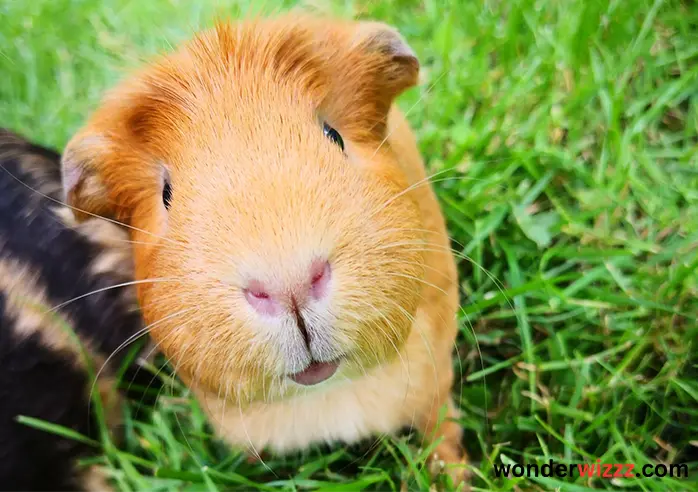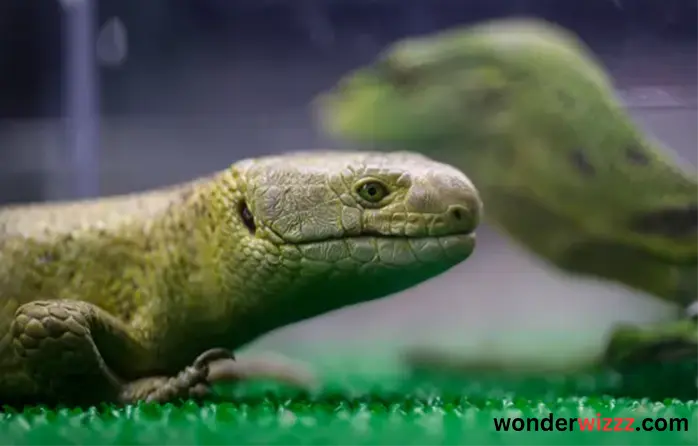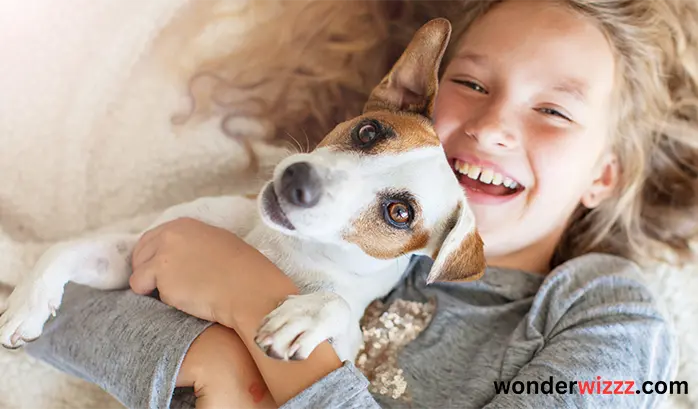Which Pet Matches Your Lifestyle Best?

Introduction
Pets are animals that live with people and are cared for by them. Choosing the right pet for your lifestyle is very important because different pets have different needs and behaviors that may or may not fit well with your life.
A. Definition of Pet Ownership
Pet ownership means having an animal as a companion and taking care of its needs, such as feeding, grooming, and providing shelter. It’s like having a friend who isn’t human but still needs your love and care.
B. Importance of Choosing the Right Pet for Your Lifestyle
Picking the right pet is crucial because it determines how well you can take care of it and how happy both you and the pet will be. If your lifestyle doesn’t match the needs of the pet, it can lead to problems for both of you.
C. Brief Overview of Factors to Consider
When choosing a pet, you need to think about many things, like how much time you have to spend with it, how much space you have in your home, and what your budget is for pet care. These factors will help you find a pet that fits well into your life.

Assessing Your Lifestyle
Understanding your lifestyle is key to finding the perfect pet companion. Here’s how to evaluate it:
A. Work and Daily Schedule
- Time Availability for Pet Care: Consider how much time you can dedicate to taking care of a pet each day. Some pets need more attention and care than others.
- Compatibility with Your Work Hours: Think about whether your work hours allow you to spend enough time with a pet. Some pets require more company than others and may feel lonely if left alone for too long.
B. Living Situation
- Apartment vs. House: Determine if you live in an apartment or a house, as this affects the space available for a pet and the noise level tolerated by neighbors.
- Space Constraints: Consider the size of your living space and whether it’s suitable for a pet. Some pets need more room to roam around than others.
C. Activity Level
- Personal Activity Preferences: Reflect on your activity level and interests. Some pets are more energetic and require more playtime, while others are more laid-back.
- Exercise Requirements of Different Pets: Learn about the exercise needs of various pets. Some may need daily walks or play sessions, while others may be content with less activity.
D. Financial Considerations
- Initial Costs: Think about the initial expenses involved in getting a pet, such as adoption fees, purchasing supplies, and pet-proofing your home.
- Ongoing Expenses: Consider the long-term costs of pet ownership, including food, veterinary care, grooming, and any unexpected medical expenses.

Types of Pets and Their Characteristics
To help you choose the perfect pet, let’s explore the different types and their unique traits:
A. Dogs
- Different Breeds and Sizes: Dogs come in all shapes and sizes, from tiny Chihuahuas to giant Great Danes. Each breed has its personality and characteristics.
- Exercise and Grooming Needs: Consider how much exercise and grooming a dog breed requires. Some dogs need lots of activity and regular grooming, while others are more low-maintenance.
B. Cats
- Indoor vs. Outdoor Cats: Decide if you want an indoor cat or if you’re okay with letting them roam outside. Indoor cats are safer but need more entertainment, while outdoor cats enjoy exploring but face more risks.
- Independence vs. Affectionate Breeds: Cats vary in their need for attention. Some breeds are independent and prefer alone time, while others are very affectionate and love cuddles.
C. Birds
- Species Variations: There are many types of birds to choose from, each with its colors, sizes, and personalities. Some popular pet birds include parrots, cockatiels, and canaries.
- Social Needs and Noise Levels: Consider how social a bird species is and whether you can handle their noise level. Some birds need lots of interaction, while others are quieter and more reserved.
D. Small Mammals (e.g., Rabbits, Guinea Pigs)
- Space Requirements: Small mammals need enough space to move around and explore. Make sure you have room for a cage or enclosure that meets their needs.
- Social Behaviors: Some small mammals, like rabbits and guinea pigs, are social animals and enjoy companionship. Think about getting a pair so they can keep each other company.

Matching Pets to Lifestyles
Finding the right pet for your lifestyle is crucial. Let’s look at some tailored suggestions:
A. Busy Professionals
- Low-Maintenance Pet Options: Consider pets like fish, turtles, or certain cat breeds that require minimal daily care and attention.
- Hiring Pet Care Services: If your schedule is packed, hiring pet sitters or dog walkers can help ensure your pet gets the care and attention they need.
B. Families with Children
- Child-Friendly Pet Breeds: Look for breeds known for their patience and gentleness with children, such as Labrador Retrievers, Beagles, or mixed-breed shelter dogs.
- Educational Opportunities: Having a pet can teach children responsibility, empathy, and compassion as they learn to care for and interact with their furry friends.
C. Active Individuals
- Pets Suitable for Outdoor Activities: Consider energetic breeds like Border Collies, Australian Shepherds, or Labrador Retrievers who enjoy outdoor adventures and exercise.
- Exercise Partners: Dogs make great exercise companions, joining you on walks, hikes, or runs, helping you stay active and motivated.

Special Considerations
When choosing a pet, it’s important to take special factors into account:
A. Allergies
- Hypoallergenic Pet Options: Some pets, like certain dog breeds or hairless cats, are less likely to trigger allergies in sensitive individuals.
- Managing Allergies Effectively: If you or someone in your household has allergies, you can minimize reactions by keeping the pet’s living area clean, using air purifiers, and grooming the pet regularly.
B. Previous Pet Experience
- Transitioning from One Type of Pet to Another: If you’ve had one type of pet before, consider how different species or breeds may require adjustments in care and attention.
- Learning from Past Mistakes: Reflect on past experiences with pets to avoid repeating mistakes and to better understand what type of pet will suit your lifestyle and preferences.
Conclusion
As you consider bringing a pet into your life, here’s a recap and some final thoughts:
A. Recap of Key Points
Think about your lifestyle, living situation, and activity level when choosing a pet. Consider factors like time availability, space constraints, and financial considerations.
B. Importance of Making an Informed Decision
Making an informed decision about pet ownership ensures that you choose a pet that fits well into your life and that you can provide the care and attention it needs.
C. Encouragement to Research and Consider Adoption
Research different types of pets and consider adoption from shelters or rescue organizations. Many loving animals need homes, and adoption can be a rewarding experience.
D. Final Thoughts on the Joys of Pet Ownership
Owning a pet brings joy, companionship, and a sense of responsibility. The bond between a pet and its owner is special and can bring immense happiness and fulfillment to both parties.
People also ask
What pet fits your lifestyle?
Consider your daily schedule, living space, and activity level to find a pet that suits you.
How do I find the perfect pet for me?
Research different pet breeds, visit shelters, and consider your lifestyle needs.
What is the best pet a person can have?
The best pet varies for each person based on their lifestyle and preferences.
Which pet makes you happiest?
The pet that brings joy and companionship to your life makes you happiest.
What is the most desired pet?
Different people desire different pets; popular choices include dogs, cats, and fish.
What is the best and easiest pet to have?
Fish are often considered easy pets due to low maintenance and space requirements.



